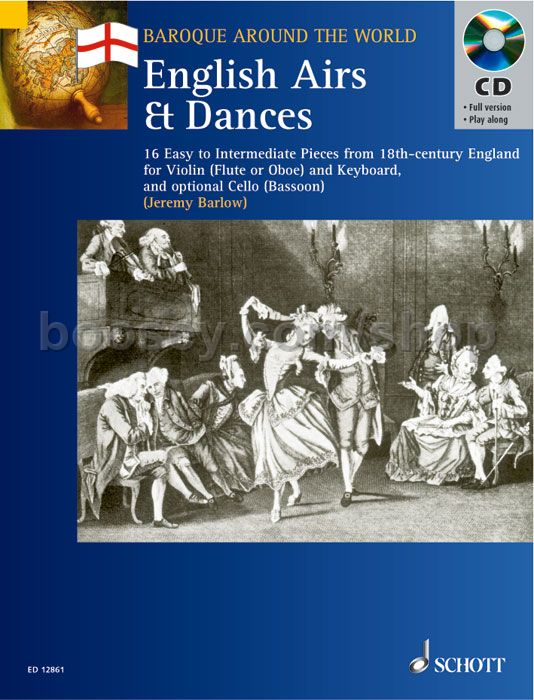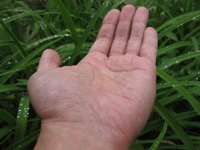Finally performing some sonatas for Baroque flute

Abby and I went to another party at Henry’s, the first one we’ve been to in five months. He’s had other parties, but we’ve been very busy all spring and summer.
Tonight was another big musical milestone for me.
Music plan
Henry had actually announced two parties coming up. This party was going to feature a four-hand piano recital after dinner, to be performed by his friends Gabe and Eric. The second party was going to be for his father’s birthday, as his parents were going to be visiting him. He was asking whether anyone wanted to play for his father’s birthday party, so I volunteered for that, saying that I would like to play some music for Baroque flute.
Henry was very curious to hear me play Baroque flute, since I had in fact never played it at one of his earlier parties. He said I should bring along the music to the first party so that he could read the keyboard part, before his father’s birthday party.
Baroque flute
For the past couple of months, the Baroque flute has been my main focus of music practice, because of my fascination with Baroque music and the special qualities of the Baroque flute (in contrast with the modern flute). It’s a very difficult instrument to play, unfortunately. Nevertheless, I want to get at least close to using the Baroque flute to create the kind of sound and texture I want to get from Baroque music.
So I have been using the book/CD sets from the Carnegie Library that I found in the “Baroque Around the World” series. Ironically, the first of those sets that I had taken out, I had done not even knowing it was Baroque music, and used it for practicing with modern flute! In fact, I once performed one of the selections, Henry Holcombe’s Air in E minor, on modern flute (gasp), at a “Baroque music jam session”. It was not until recently that I decided to start playing the music on Baroque flute. Now, I don’t want to play this music on modern flute if I can help it!
Recently, I took out some of the other volumes from the “Baroque Around the World” series. For example, I was intrigued by the “4 Scottish Sonatas” volume. Much of the music is clearly for violin, but some of it seems to work pretty well for flute also. In any case, it is different.
For Henry’s parties, I decided to focus on playing well a few of the selections “English Airs and Dances”.
At the party
The usual things happened at the party before our pianists showed up to perform after dinner: good food, conversation, chess, music jamming. Abby brought her various stringed instruments to play.
I ended up reading almost the whole book of “English Airs and Dances” with Henry on piano. “Oops”. I should know by now that if I bring a book of music, we’ll go through a lot more than the few selections I thought I was preparing. So I had to sight read some stuff I had never actually played. I can’t play very fast on Baroque flute, so I was botching things up here and there. No matter, it was fun.
Conclusion
Up till now, I had never actually performed Baroque flute sonatas and other works with keyboard accompaniment. This is partly because I am not very good at Baroque flute and also because I just don’t have as many opportunities to play Baroque flute with other people as I do using other instruments. In any case, I was pleased to finally be out there on Baroque flute.
